Maryam Omidi takes a look at banned clothing around the world – and concludes that women tend to be the target of dogmatic dress codes.

Until 2010, Parisian women were legally (although not in practice) obliged to obtain permission from the police if they wished to “dress in men’s clothes”. The archaic law was eventually repealed but only less than a year before France became the first European country to publicly ban the burqa – a face veil that some Muslims consider is an essential part of their religion.
France is not alone. Banning Islamic clothing is de rigeur in a number of countries around the world. Joining France in its burqa ban are Belgium and the Netherlands (although the collapse of the Dutch coalition government, which includes Geert Wilders’ right-wing Freedom Party may result in a U-turn). Meanwhile the Uzbek authorities have taken a more subtle approach, issuing an oral ban on the sale of Islamic dress to market vendors, thereby pushing the sale of these items underground. (Images of traders sneaking women the hijab with a nod and wink come to mind.)
In Kosovo, the headscarf is forbidden in state schools, and in Tunisia and Turkey, both secular Muslim countries, it is banned from public institutions. In Turkey, the ban means women are excluded from working in courtrooms, hospitals and parliament, according to the New York Times. But public attitudes towards headscarves, which are being embraced by glossy magazines and women’s rights campaigners alike, are shifting away from the preconception in Turkey that the garment belongs to the lower, uneducated classes, the same article adds. In all these countries, from France to Tunisia, one or more of the following reasons is usually given: to prevent the rise of Islamic extremism, to liberate women or because face coverings are just plain impractical.
Moving in the opposite direction, in 2010, the Italian seaside town of Castellammare di Stabia implemented a mini-skirt ban as part of a wider crackdown on anti-social behaviour. The town’s mayor argued the new regulations would help “restore urban decorum and facilitate better civil co-existence”.
Revealing attire has under fire in other parts of the world as well. From a ban on tight-fitting clothing in the Indonesian province of Aceh to wearing cleavage-enhancing tops at chess matches to a 28-year-old mother-of-four who was barred from every nightclub in her hometown of Worcester for “being too old” for her skimpy outfits. But the definition of what constitutes indecent dress varies from country to country as Sudanese journalist Lubna Ahmed Hussein discovered in 2009. Hussein was jailed for a month after being found guilty of “dressing indecently”. Her crime? Wearing a pair of trousers.
In case you haven’t already noticed the pattern emerging, let me spell it out for you: all of these bans are on women’s clothing. Whether it’s a veto on trousers or miniskirts, an embargo on clothing that’s too revealing or not revealing enough, women, it seems, tend to be the targets of dress codes.
Step in the US, where “sagging” – the wearing of trousers by men way, way below the waist to reveal their underpants – is prohibited in some schools and municipalities, and Iran, the predominantly Muslim country where the headscarf is mandatory. The Islamic republic is notorious for its annual crackdowns on attire that is deemed too western for its liking. Trousers too tight? Jacket too short? Hair on show? If you’re female, in Iran and have answered yes to any of these questions then chances are you’ll have been picked up by the morality police at least once. Not wanting to discriminate or anything (the Iranian government are good like that), in 2011, the authorities declared that glamorous hairstyles and necklaces on men were a fashion faux pas.
Over in Guyana, men are forbidden from wearing women’s clothing. But before casting aspersions on the Guyanese government, perhaps Free Speech Debate should look a little closer to home. Students sitting exams are required to wear a uniform known as sub-fusc – full academic getup – based on their gender. For men this means a dark suit and socks, black shoes, plain white shirt and collar and a white bow tie. For women, it’s a dark skirt or trousers, white blouse (or shirt with collar), black tie or ribbon, black stockings and shoes and (if desired) a dark coat.
And, as FSD’s very own Brian Pellot found out, there’s no swapping of uniforms allowed. Pellot’s request to swap outfits with a fellow female student for their Gender and Development exam was met with a resounding no. In his reply, a clerk to the proctors said that while sub-fusc and gender was an “active area of discussion”, for the time being permission will not be given “for variations in individual cases on the grounds that candidates disagree with the requirements”.

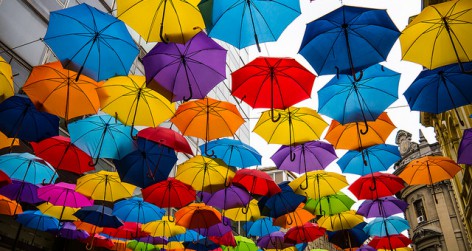
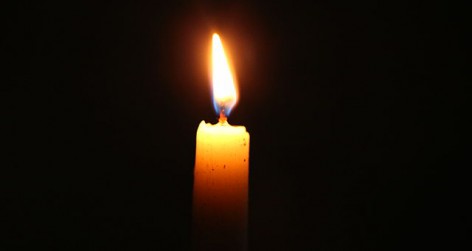

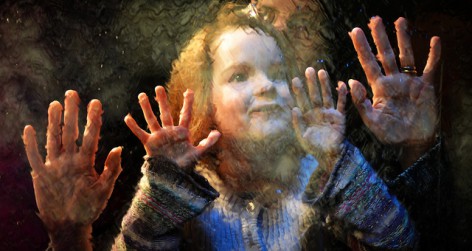
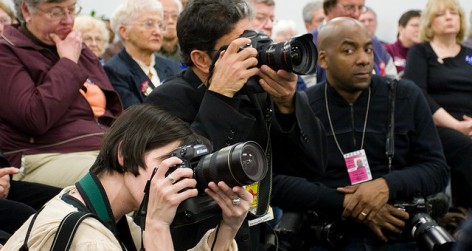

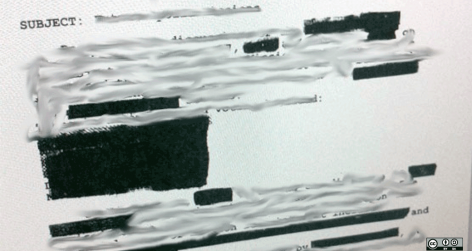
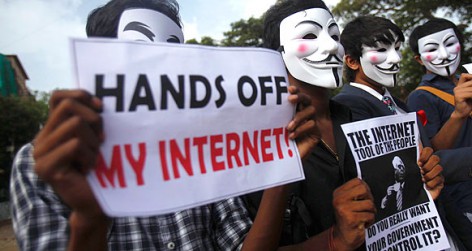
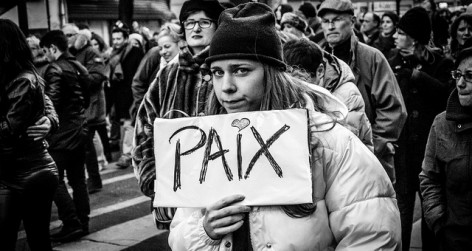


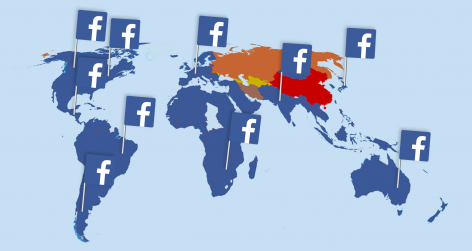

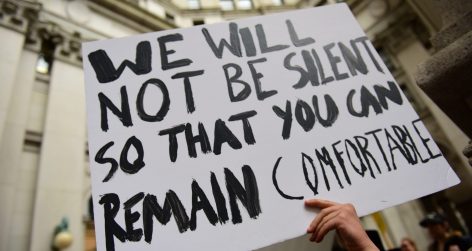

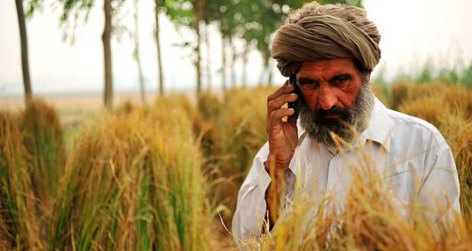



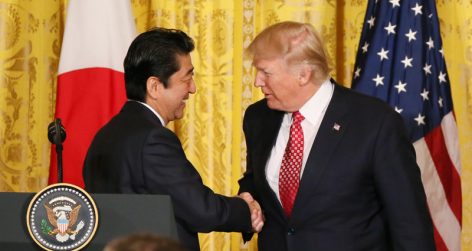


reply report Report comment
Malaysia’s parenting guidelines on how to spot gays and lesbians relies as much on clothing choice as on perceived sexual orientation. What can the clothes someone chooses to wear really tell you about the person? How integral is attire to free expression?
http://globalvoicesonline.org/2012/09/16/malaysia-parenting-guidelines-on-how-to-spot-gays-and-lesbians/
reply report Report comment
This is a major issue in my research field: women’s colleges in South India. Most of them have very strict dress-codes about length of tops, types of trousers allowed, length of skirts and the wearing of sleeveless clothing. In a city where sexual harassment is rampant, it is unfortunately very easy for institutions to claim that they are looking out for women’s safety when instituting these rules.